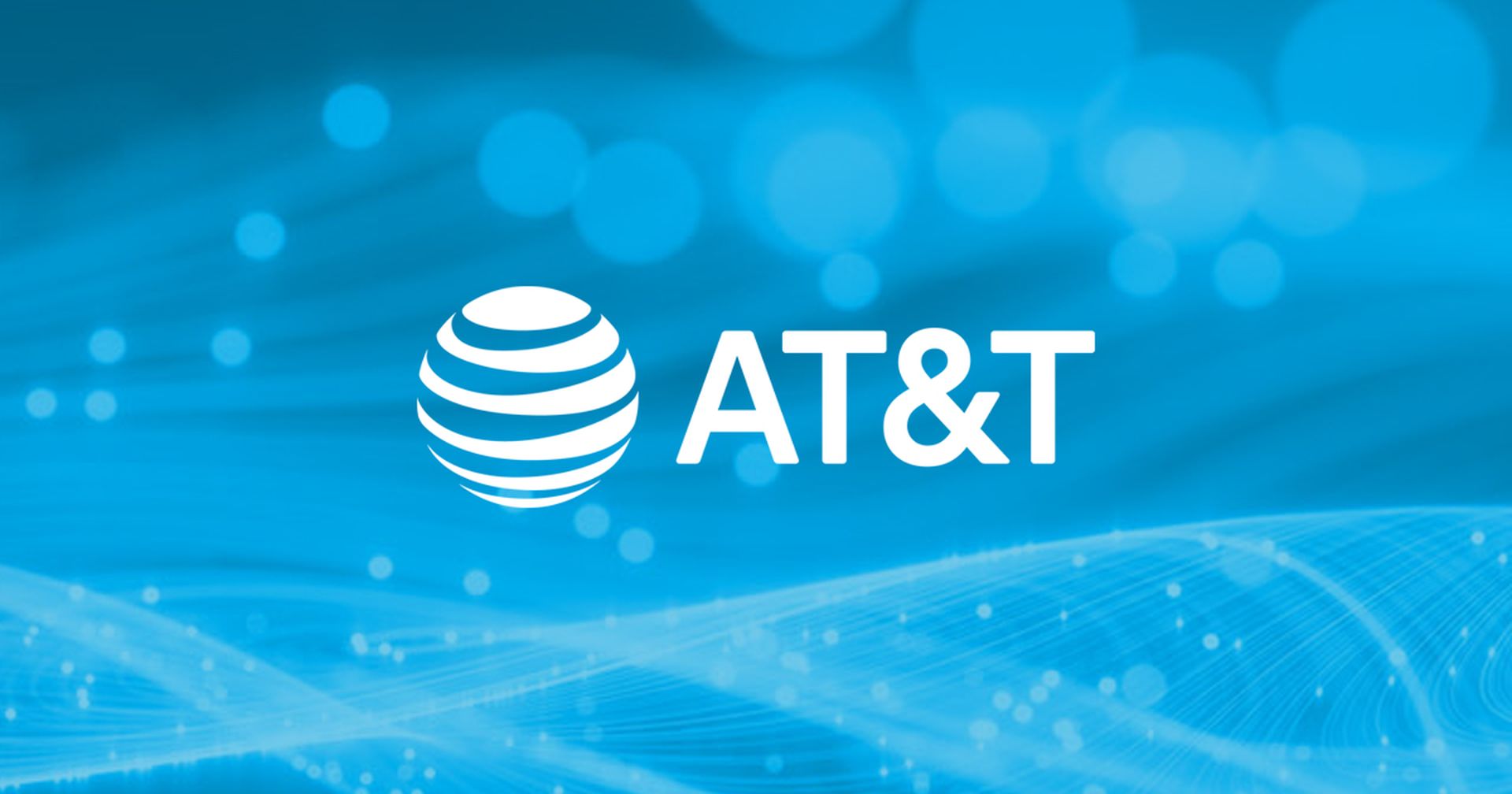AT&T has officially announced the coast-to-coast rollout of its 5G Standalone (SA) network across the United States, marking a significant milestone in the evolution of wireless technology.
This cutting-edge upgrade, reported by Dataconomy on October 9, 2025, modernizes the network core, paving the way for enhanced speed, lower latency, and innovative services.
The Evolution of 5G: From Non-Standalone to Standalone
Unlike the earlier Non-Standalone (NSA) 5G, which relied on existing 4G infrastructure, the SA network operates independently, unlocking the full potential of 5G technology.
AT&T’s journey to this point has been years in the making, with initial 5G deployments dating back to 2018, though the shift to a fully standalone system represents a major leap forward.
Impact on Consumers and Businesses
Millions of AT&T customers in select areas are already being transitioned to this nationwide network, experiencing benefits like faster uploads and more reliable connections.
For businesses, this rollout promises to revolutionize operations through applications like real-time data processing, IoT integration, and network slicing, which allows tailored connectivity for specific needs.
A Historical Perspective on AT&T’s Network Innovations
Historically, AT&T has been a pioneer in telecommunications, from its role in early telephone systems to its leadership in 4G LTE, setting the stage for today’s 5G advancements.
The transition to 5G SA positions AT&T alongside competitors like T-Mobile, which led the way in standalone 5G, and Verizon, which is also catching up with similar deployments.
Future Possibilities with 5G Standalone
Looking ahead, AT&T’s cloud-native infrastructure could enable groundbreaking innovations, such as autonomous vehicles, smart cities, and advanced healthcare solutions.
The network’s ability to handle massive device connectivity also sets the foundation for a more interconnected world, potentially transforming industries over the next decade.
However, challenges remain, including ensuring equitable access to high-speed connectivity in rural and underserved areas as the rollout continues.
As AT&T moves forward, this technological milestone underscores its commitment to shaping the future of communication, with impacts that will likely resonate for years to come.


 Maria Lourdes
Maria Lourdes





